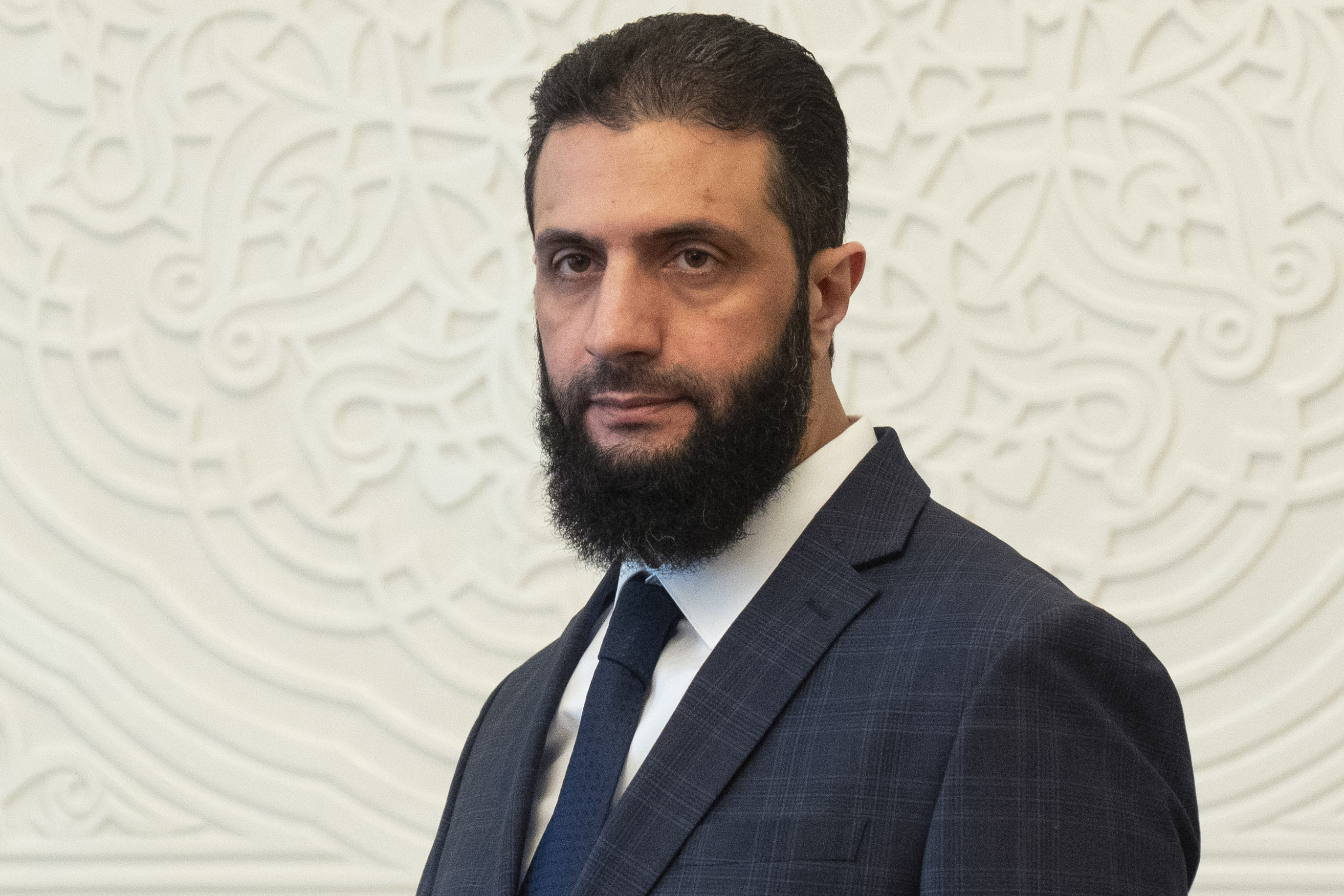Upwards of 125,000 visitors are expected to converge on the Big Easy beginning Feb. 5 for parties, concerts and revelry featuring artists including Post Malone and Diplo and capped off by the Feb. 9 clash between the Kansas City Chiefs and the Philadelphia Eagles at the Caesars Superdome stadium to crown this season's NFL champion.
Following the truck-ramming attack early on Jan. 1 that killed 14 people and injured dozens more along Bourbon Street, one of the city's most famous thoroughfares, alleged security lapses triggered multiple lawsuits and investigations. But the city, the NFL and law enforcement officials insist that after more than a year of preparations they are ready to play host.
“We’re going above and beyond what we’ve seen in the past when we’ve hosted previously,” Mayor LaToya Cantrell said at a news conference. “We know we’re safer than we’ve ever been before.”
What will the security presence look like?
Thousands of state, federal and local law enforcement officers will be on the ground during the Super Bowl, NFL Chief Security Officer Cathy Lanier said. But she and city officials remained tight-lipped about details.
Drones will be prohibited around the Superdome and downtown New Orleans throughout the week of the game and there will be flight restrictions up to 18,000 feet (5,486 meters), according to the Federal Aviation Administration.
Armed federal air marshals will be stationed around the city's transportation hubs scanning for suspicious people or activities and guarding against drones, said Noel Curtin, supervisory air marshal in charge with the Transportation Security Administration.
Super Bowl events will sprawl across neighborhoods far beyond the stadium, said the Homeland Security Department's Eric DeLaune, who is leading federal coordination of Super Bowl security.
Federal agencies from the FBI to the Secret Service are bringing in rooftop snipers and BearCat armored SWAT vehicles around the stadium and across the city's historic French Quarter and downtown, DeLaune said.
No one will be allowed inside the cordoned-off area surrounding the Superdome without credentials, and the city already has begun shutting down and limiting traffic on roads near the stadium, where the perimeter will include blast barriers requiring trucks to pass through giant X-ray machines typically used at border crossings, DeLaune said.
Dozens of technicians and more than 100 bomb-sniffing dogs are engaging in a days-long effort to scour the 400,000 square feet (37,161 square meters) of the Superdome and each of its more than 70,000 seats prior to game day, DeLaune said.
“They’re going to go from top to bottom on that building to make sure it’s clear and it’s safe. They open every door, check under every seat,” DeLaune said.
Much of the security infrastructure will carry over to the Mardi Gras season, which has been upgraded to Homeland Security's highest risk rating to receive more manpower and resources.
With the sheer amount of law enforcement on every street corner and security measures in place, “New Orleans will be the safest place to be anywhere in the country,” said Phillip Constantin, an adviser with the U.S. Cybersecurity and Infrastructure Security Agency.
How the New Year's Day attack has changed security plans
Multiple lawsuits have claimed city authorities were aware of Bourbon Street's vulnerabilities to the kind of truck-ramming attack that the Islamic State group-inspired Shamsud-Din Jabbar carried out. He drove his F-150 around a police car parked as a makeshift barricade and plowed into pedestrians before he crashed and was killed by police.
The bollard system of steel columns installed to block vehicle traffic, which was being replaced at the entrance to Bourbon Street at the time of the attack, remains on track for completion before the Super Bowl, officials said.
Authorities say they have brought in more types of physical barriers to protect entry points resulting from concerns that the new bollard system was not strong enough to block vehicle attacks.
The NFL and federal and city agencies have “put a fresh set of eyes” on their plans post-Jan. 1, DeLaune said, noting the New Orleans Police Department hired former New York City Police Commissioner William Bratton and his team from high-profile security firm Teneo.
“No specific or credible threats” have surfaced targeting the Super Bowl, NFL security chief Lanier said Wednesday.
Louisiana Gov. Jeff Landry announced the creation of an “enhanced security zone” along Bourbon Street to bookend Super Bowl weekend and said he would deploy 350 national guardsmen.
After authorities found Jabbar had planted ice chests containing undetonated improvised explosive devices around the French Quarter, Landry declared a ban on coolers and ice chests in these areas and ordered mandatory searches of bags for anyone entering Bourbon Street zone during the Super Bowl weekend.
But in accordance with state law, firearms including permitless concealed carry guns will be allowed on Bourbon Street, Louisiana State Police Sgt. Katharine Stegall said, noting they remained banned from bars.
Landry also ordered the removal of multiple homeless encampments near the stadium and funneled dozens of unhoused people into a temporary warehouse shelter.
AI and mobile apps will play a security role
The Superdome’s owner, ASM Global, has contracted New York-based artificial intelligence firm Dataminr to monitor potential and emerging threats in real time.
The company will draw from over 1 million sources of public data across 150 languages, from social media to dark web forums to traffic cameras, Dataminr Chief Security Officer Robert Crowley said.
Dataminr uses generative AI to produce memos alerting Superdome officials of trending patterns, such as an influx of posts showing swelling crowds or other public disturbances as they unfold.
“It’s stitching together all these little pieces of the puzzle to get a holistic, comprehensive view of what has just happened,” Crowley said. “The faster you know what is occurring, the quicker you can take better action.”
Visitors also can report suspicious activities and receive security updates with the city's NOLA Ready Public Safety App.







